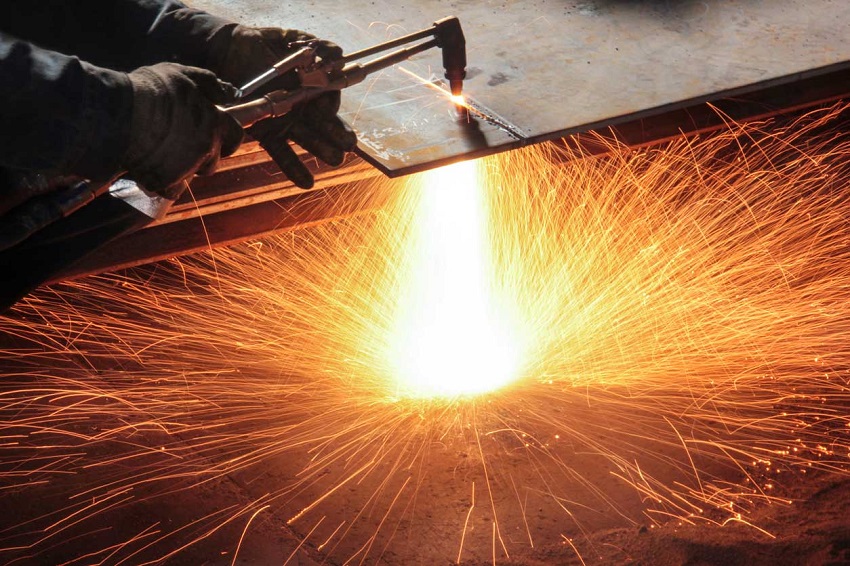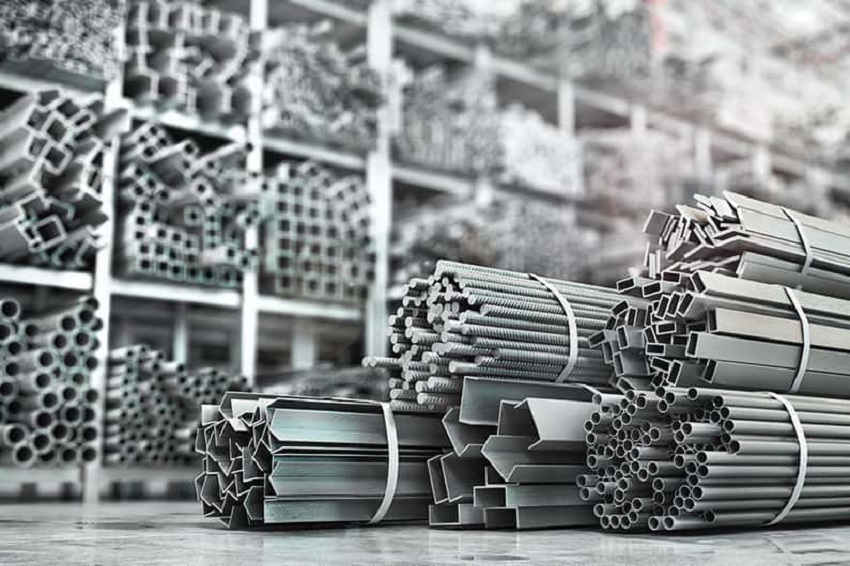Cutting metal is a common task in many DIY and professional projects. While a grinder is commonly used for this purpose, there might be circumstances where you don’t have access to one. In such cases, it’s essential to know alternative methods for cutting metal effectively. This article will guide you through various techniques and tools that can be used to cut metal without a grinder.
Methods for Cutting Metal Without a Grinder
Cutting metal without a grinder can seem challenging, but there are several methods you can use. If you’re looking to discover how to cut metal closet rod, one option is to use a hacksaw. This method is affordable and can be done by hand, but it may take longer than other methods. Another option is to use a reciprocating saw, which is faster but requires more power and can be more expensive. A third option is to use a plasma cutter, which is the fastest and most precise method but also the most expensive. Consider your budget and the specific needs of your project before choosing the best method for you. Let’s explore some popular methods:
- Hacksaw Technology
The traditional hacksaw is a versatile tool that can cut through various metals. It consists of a frame with a fine-toothed blade that is tensioned in it. To cut metal using a hacksaw, follow these steps:- Mark the area where you need to make the cut.
- Secure the metal firmly using clamps or a vise.
- Align the saw’s blade with the marked line and start sawing by applying steady pressure.
- Use slow and controlled strokes to ensure a clean cut.
- Lubricating the blade with cutting oil can reduce friction and extend its lifespan.
- Cutting with a Plasma Cutter
A plasma cutter uses a high-velocity jet of ionized gas to cut through metal. This method is ideal for thicker metal sheets and provides precision and speed. Here’s how you can use a plasma cutter to cut metal without a grinder:- Make sure you have the necessary safety equipment, such as gloves and goggles.
- Position the plasma cutter’s torch perpendicular to the metal surface.
- Trigger the cutter to create an arc that cuts through the metal.
- Move the cutter along the desired cutting line while maintaining a consistent distance from the metal surface.
- Using a Reciprocating Saw
A reciprocating saw, also known as a sawzall, is a powerful tool that can cut through different materials, including metal. Here’s how you can use a reciprocating saw for metal cutting:- Choose a blade specifically designed for metal cutting.
- Secure the metal firmly using clamps or a vise.
- Position the blade on the marked line and start the saw.
- Use slow and controlled strokes, letting the saw do the work for you.
- Adjust the cutting speed according to the thickness and type of metal you are cutting.
- Oxy-Fuel Cutting
Oxy-fuel cutting relies on the chemical reaction between oxygen and fuel gas to cut through metal. This method is commonly used in industrial applications and requires specialized equipment. Here are the basic steps for oxy-fuel cutting:- Set up the necessary equipment, including an oxygen tank, a fuel gas tank, and a torch with appropriate tips.
- Mark the cutting line on the metal and secure it in place.
- Begin preheating the metal by heating a small area along the cutting line until it starts to turn red.
- Adjust the oxygen and fuel gas flow rates to create a desired cutting flame.
- Move the torch along the marked line, allowing the flame to melt through the metal.
Advantages and Disadvantages of Alternative Cutting Methods
While alternative cutting methods can be effective in the absence of a grinder, it’s crucial to consider their advantages and disadvantages. Here’s a summary of each method:
- Hacksaw Technology:
- Advantages: Low cost, portable, suitable for small cutting tasks.
- Disadvantages: Slow cutting speed, limited versatility.
- Plasma Cutter:
- Advantages: Fast cutting speed, precise cuts, suitable for thick metal.
- Disadvantages: Expensive equipment, requires electricity, safety precautions.
- Reciprocating Saw:
- Advantages: Versatile, suitable for different cutting applications, easy to use.
- Disadvantages: May produce rough cuts on thin metal, requires the right blade.
- Oxy-Fuel Cutting:
- Advantages: Suitable for thick metal, high cutting speed.
- Disadvantages: Requires specialized equipment, safety precautions, can produce heat-affected zones.
In conclusion, cutting metal without a grinder is possible by utilizing alternative cutting methods. Whether you opt for a hacksaw, plasma cutter, reciprocating saw, or oxy-fuel cutting, it’s essential to consider the nature of your project and select the most appropriate method accordingly. Ensure you have the necessary safety equipment and follow proper procedures to avoid accidents. Remember, practice makes perfect, so take your time to familiarize yourself with the chosen method before starting your metal cutting adventure.
Frequently Asked Questions (FAQs)
- Can I use a regular saw blade for cutting metal with a reciprocating saw?
No, regular saw blades are not designed to cut through metal. You should use a specific metal-cutting blade with a reciprocating saw to achieve optimal results. - Do I need any special skills to use a plasma cutter?
While using a plasma cutter requires some basic knowledge and practice, it doesn’t require specialized skills. With proper guidance and safety precautions, anyone can use a plasma cutter effectively. - What type of cutting oil should I use with a hacksaw?
It’s recommended to use a high-quality cutting oil specifically formulated for metal cutting purposes. These oils lubricate the blade, reduce friction, and prolong its lifespan. - Is oxy-fuel cutting suitable for all types of metals?
Oxy-fuel cutting is most effective for ferrous metals, such as steel. It may not be as suitable for non-ferrous metals like aluminum or copper. - Can I use alternative cutting methods for professional applications?
Absolutely! Alternative cutting methods can be used for both DIY and professional projects. However, ensure that your chosen method aligns with the requirements and specifications of your project.
